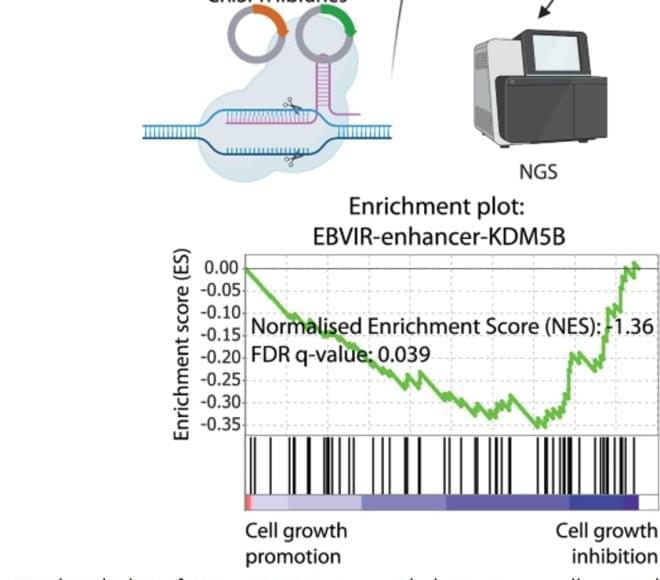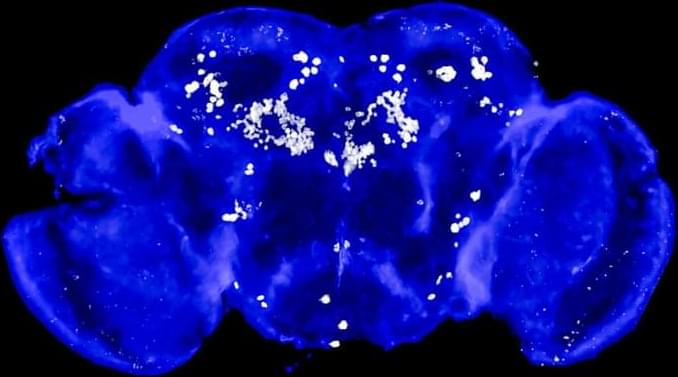Human brains share common patterns of activity when perceiving colors, suggesting universal neural coding of color.



For every motor skill you’ve ever learned, whether it’s walking or watchmaking, there is a small ensemble of neurons in your brain that makes that movement happen. Our brains trigger these ensembles—what we sometimes call “muscle memories”—to get our bodies cooking, showering, typing, and every other voluntary thing we do.

EVANSTON, IL. — With the power to rewrite the genetic code underlying countless diseases, CRISPR holds immense promise to revolutionize medicine. But until scientists can deliver its gene-editing machinery safely and efficiently into relevant cells and tissues, that promise will remain out of reach.
Now, Northwestern University chemists have unveiled a new type of nanostructure that dramatically improves CRISPR delivery and potentially extends its scope of utility.
Called lipid nanoparticle spherical nucleic acids (LNP-SNAs), these tiny structures carry the full set of CRISPR editing tools — Cas9 enzymes, guide RNA and a DNA repair template — wrapped in a dense, protective shell of DNA. Not only does this DNA coating shield its cargo, but it also dictates which organs and tissues the LNP-SNAs travel to and makes it easier for them to enter cells.
New system delivers CRISPR machinery more safely and effectively into cells.

Lymphoid structures and thermogenic adipose tissue interplay!
The presence of active thermogenic adipose tissue (TAT) has been related to better cardiometabolic health.
While immunity and metabolism were once considered distinct domains, emerging evidence highlights the critical role of infiltrated immune cells in orchestrating the development and activation of TAT. Despite this novel function of infiltrated immune cells, scarce research has focused on the role that organized lymphoid structures like lymph nodes (LNs) and lymphatics exert on TAT metabolism.
The presence of peripheral LNs relates to a higher browning and thermogenic capacity of the surrounding fat, at least in part, through the secretion of factors like IL-33 and CCL22, and the higher number of BST2-beige adipocyte progenitors compared to more distant fat.
The lymphatic vasculature also influences TAT function and adaptive thermogenesis through the secretion of neurotensin by the lymphatic endothelial cells.
Future research should elucidate whether exploiting the lymphoid tissue– TAT axis could constitute a potential therapeutic target to activate TAT. #sciencenewshighlights #ScienceMission https://sciencemission.com/lymphoid-structures-and-thermogenic-adipose-tissue



Nine of the 10 most common cancer deaths are caused by solid tumours, but in most cases it’s the cancer’s spread to other parts of the body – known as metastasis – that proves fatal.
Now, researchers have uncovered a potential trigger for metastasis: the squeezing of cancer cells by the tiniest of veins that transforms them into a different type of cell now able to form new tumors.
In a study published in Nature Communications, the scientists described how they constructed a biomedical device that simulated blood flow through our narrowest blood veins. They showed that when human melanoma cancer cells are forced through channels narrower than 10 micrometres – about a fifth the width of a human hair – they begin to behave more like stem cells, gaining traits that could help them survive, spread, and form new tumors.


Spaceflight makes certain human stem cells age faster, a new study has found, furthering scientists’ understanding of the potential effects of space exploration on the human body.
Stem cells are found throughout the body, and they can make more of themselves or turn into other specialized cells — including blood, brain or bone cells — for maintenance and repair.
“In space, stem cells decline in function,” said lead study author Catriona Jamieson, director of the Sanford Stem Cell Institute and professor of medicine at the University of California, San Diego School of Medicine. “They actually reduce their ability to renew themselves or regenerate, and that’s an important thing to be able to know for long-term space missions.”
